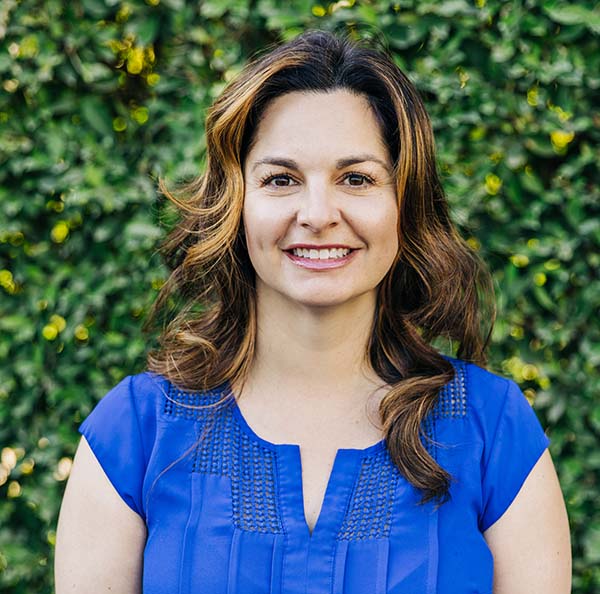The concept of a “broken record” has negative connotations; images of the same sound playing over and over and over again, torturing the listeners, seem to come to mind when we hear this phrase.
I’m most reminded of the iconic 1986 film, Ferris Bueller’s Day Off. Ben Stein’s portrayal of the monotone Economics teacher droning on during attendance: “Bueller? Bueller? Bueller?” Ugh.
Although that broken record question drudges up thoughts of tedium, it is possible to take perceived negative implications and turn them into a positive result for our students when applied to questioning strategies. If we use the repetition of a few well-thought-out questions tied to our learning targets, we can help our students comprehend new ideas.
If there’s one thing teachers know how to do well, it’s ask questions.
But how many questions should we be asking during a one-hour lesson? 10? 25? How about 100?
Research shows us that on average teachers ask a staggering 120 questions in a one-hour lesson. Being bombarded by so many questions in 60 minutes leaves little time to process new information…unless…these inquiries are “broken record questions”.
Broken record questions are an intentional, brief set of pre-planned questions to help learners stay focused on the targets of the lesson. It is important for educators to think about what the intended outcomes of the lesson are as they plan a handful of questions that will help learners keep the purpose of the learning in their sights.
Thoughtful preparation is key to this process, as teachers should narrow down a few questions that are most important for the learning, and revisit these same questions again and again throughout the lesson.
The benefit of broken record questions is that they give students the time to process what they are learning because of the deep understanding that comes with triggering thinking at different stages of the learning. Ultimately, when we give our students only a few important questions to contemplate and answer, they are able to delve deeper into thinking. Students can then wade into the ocean of thought rather than staying on the pool’s surface, where they are anticipating the next, new cognitive challenge.
There’s an added benefit of broken record questions for the teachers, too. Instead of unintentionally getting off track, this shortlist of focused questions keeps the learning target at the forefront of the lesson.
For instance, if an emerging reader is learning to understand how to identify and analyze an author’s message in a story, the broken record questions could be:
- What is the author trying to tell us?
- Why did the author write this story?
- Why do you think that?
Most likely, students will give different answers to these same questions if they are asked at the beginning, middle, and end of the story. Repeating these same questions at different points of the learning gives students an opportunity to build upon what they know, reflect on how information has changed their perceptions, and deepen their understanding of the learning target.
Aside from the benefits of enhancing the cognitive experience, broken record questions can also provide a sense of calm and clarity for students. Ingraining what questions are most important helps maintain a sense of purpose in learning from the beginning. Furthermore, giving opportunities to address the same question after more learning has happened encourages adjustments to initial opinions.
Students also begin to understand that those original thoughts are not necessarily ending conclusions; we learn that it is important to look at the same idea in a new way after more developments have occurred. This is deep thinking. This is thoughtful reflection. This is evaluative critical thinking and it thrives in the zone of metacognition; the ability to think about thinking has a plethora of benefits.
So, how can we put this method into practice?
Here are some easy ways:
- Flip the learning target into a question. Make it one of your broken record questions.
- Test your consistency. Ask the student: What’s the first question I’m going to ask you? If the student can guess a question that directly aligns with the learning target, you’ll know they are figuring out the lesson’s purpose.
- Reserve questions for the content, not about behavior or procedures (use statements for these). This draws attention to the importance of your actual questions.
- Create your broken record questions to showcase the learning that you actually want to happen throughout the lesson.
Closing a lesson with decided upon broken record questions can be surprisingly satisfying, to both the teacher and more importantly, the students. Revisiting this brief list of questions will help to solidify not only what was learned throughout the lesson but why it is important. These final thoughts will be the long-lasting conclusions that students will take away from their purposeful and focused lesson.
How might you use broken record questions with your students? Please share your thoughts, and include @teacher_warren in your response.

